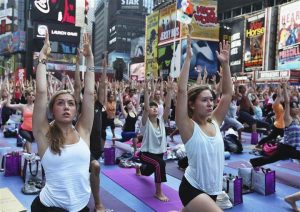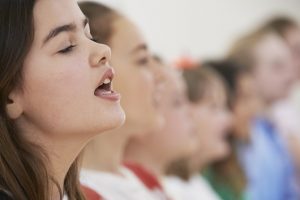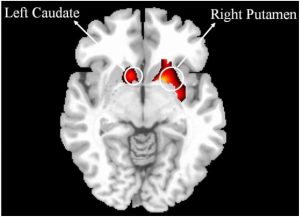Improve Physiological Relaxation in Breast Cancer Patients with Mindfulness
By John M. de Castro, Ph.D.
“mindfulness-based meditation can help ease the stress, anxiety, fear, and depression that often come along with a breast cancer diagnosis and treatment.” – Breastcancer.org
Mindfulness training has been shown to help with general cancer recovery. Mindfulness practices have been shown to improve the residual symptoms in cancer survivors. The Mindfulness-Based Stress Reduction (MBSR) program is a mindfulness training program that includes meditation practice, body scan, yoga, and discussion along with daily home practice. MBSR has been shown to be beneficial for cancer patients in general and also specifically for the symptoms of breast cancer survivors. So, it makes sense to further explore the mechanisms of the effectiveness of MBSR for the treatment of breast cancer survivors.
In today’s Research News article “.” (See summary below or view the full text of the study at: https://www.ncbi.nlm.nih.gov/pmc/articles/PMC9180838/ ) and colleagues recruited breast cancer survivors who had received a diagnosis and treatment at least 2 years ago. They either participated in a 6 week, 2 hour once a week session of Mindfulness-Based Stress Reduction (MBSR) or usual care. Before and after treatment they were measured for heart rate, heart rate variability with an electrocardiogram.
They found that in comparison to baseline and the usual care group after Mindfulness-Based Stress Reduction (MBSR) the survivors had significantly lower resting heart rate and higher heart rate variability. Increases in heart rate variability indicates a reduction in physiological activation, an increase in parasympathetic relaxation, providing a physiological indicator of physiological relaxation. This suggests that MBSR resulted in greater relaxation in the breast cancer survivors and this is an indicator of improved physical and psychological well-being in these cancer survivors.
So, mindfulness training increases physiological relaxation in breast cancer survivors.
“practice mindfulness meditation to help you better handle the stressors that life is throwing your way. Being more mindful can also help you remain physically active and stick to a healthy diet – all key ingredients for successfully navigating cancer survivorship!” – Jessica Pieczynski
CMCS – Center for Mindfulness and Contemplative Studies
This and other Contemplative Studies posts are also available on Twitter @MindfulResearch
Study Summary
Wang, S. J., Chang, Y. C., Hu, W. Y., Chang, Y. M., & Lo, C. (2022). The Comparative Effect of Reduced Mindfulness-Based Stress on Heart Rate Variability among Patients with Breast Cancer. International journal of environmental research and public health, 19(11), 6537. https://doi.org/10.3390/ijerph19116537
Abstract
Heart rate variability (HRV) is a powerful tool for observing interactions between the sympathetic and parasympathetic nervous systems. This study evaluated HRV during a mindfulness-based stress reduction (MBSR) program among women with breast cancer after receiving treatment. A quasi-experimental, nonrandomized design was used. Patients were allocated to usual care (n = 25) and MBSR (n = 25) groups. HRV was measured using recognized methods to assess the autonomic nervous system. Two-way ANOVA and t-tests were used to examine HRV changes between and within groups, respectively. A significant interaction effect of time with group was observed on heart rate (F (1, 96) = 4.92, p = 0.029, η2 = 0.049). A significant difference was also observed within the MBSR group preintervention and postintervention with regard to heart rate (t (24) = −3.80, p = 0.001), standard deviation of the RR interval (t (24) = 5.40, p < 0.001), root-mean-square difference in the RR interval (t (24) = 2.23, p = 0.035), and high-frequency power (t (24) = 7.73, p < 0.001). Large effect sizes for heart rate and SDNN of 0.94 and 0.85, respectively, were observed between the MBSR and usual care groups. This study provides preliminary evidence that an MBSR program may be clinically useful for facilitating parasympathetic activity associated with feelings of relaxation in treated breast cancer survivors.






